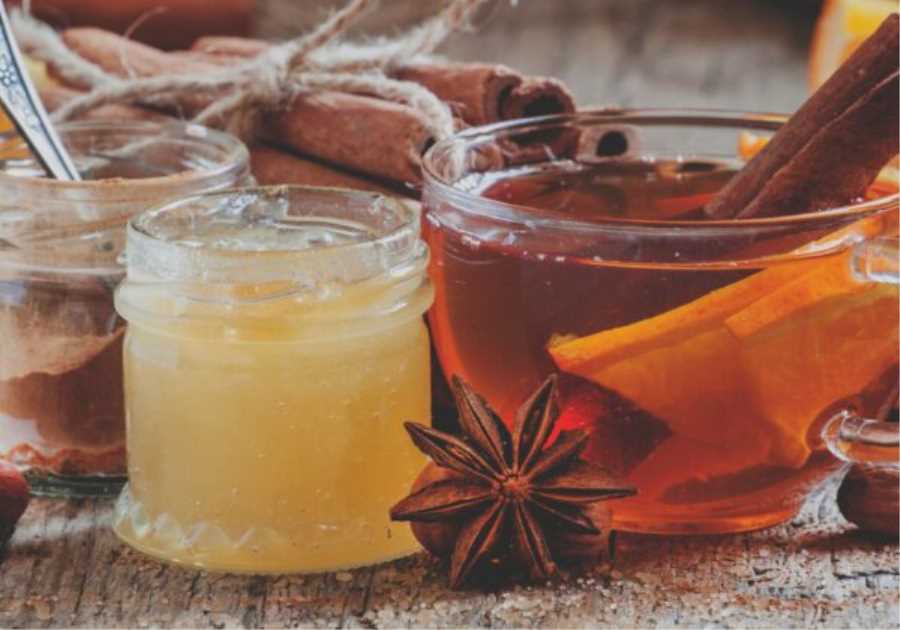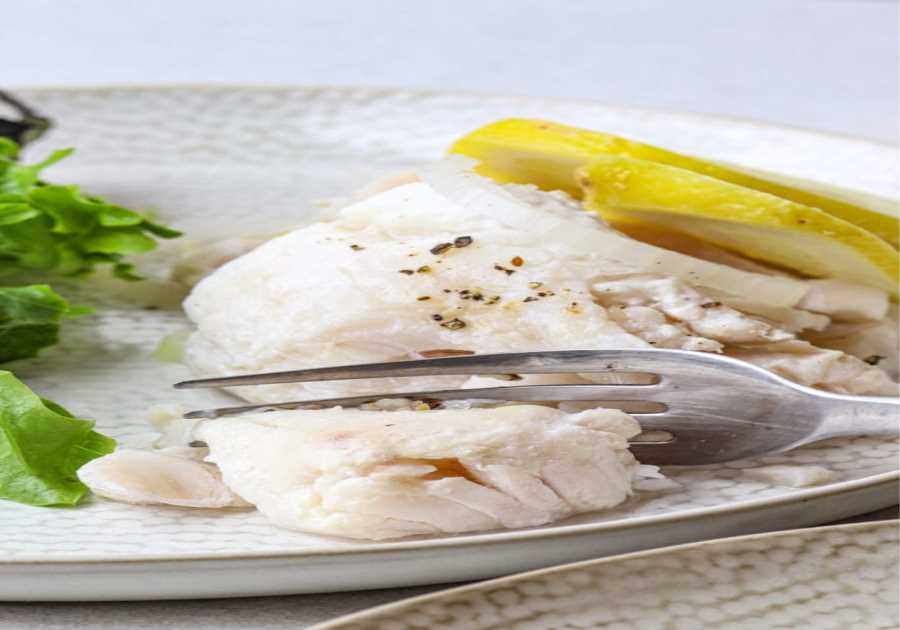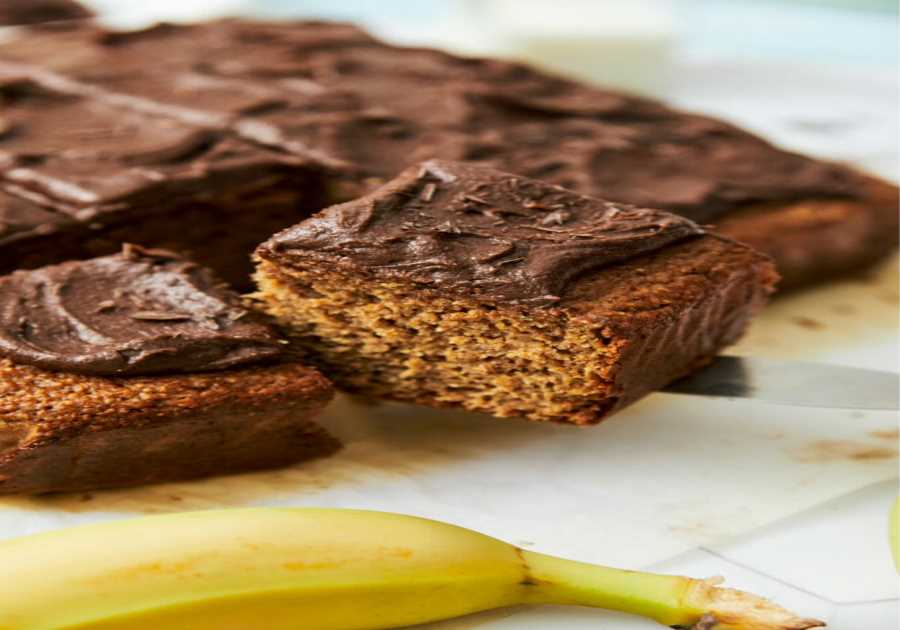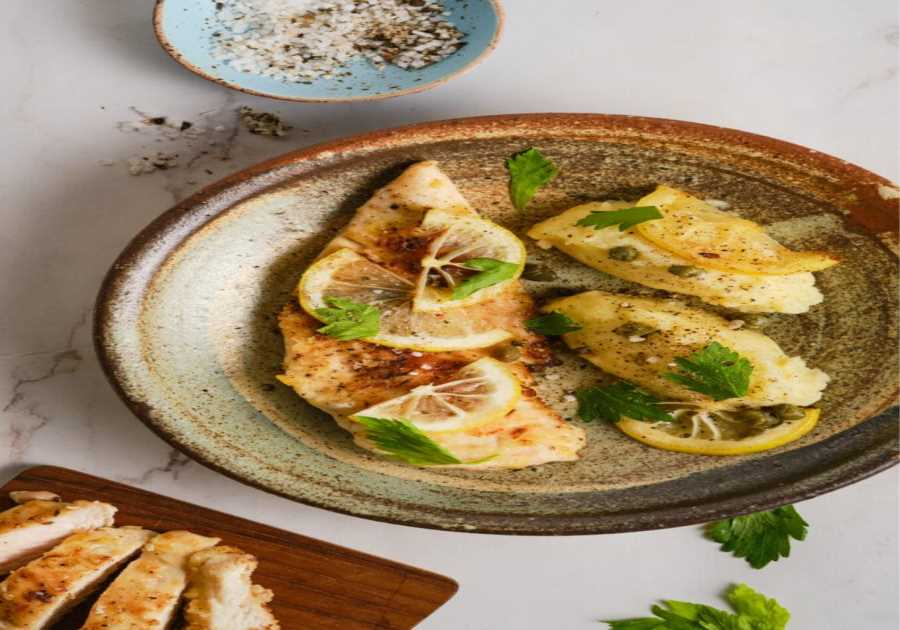Through our website, we want to bring people closer to delicious, creative meals that nourish both body and soul. We don’t intend to become famous chefs –we just love food!
We firmly believe in celebrating the beauty of different cultures through their cuisine. From home kitchens to 5-star restaurants, each meal has its own secret recipe for success.
The love for Saffron initially inspired us on this journey, but our mission is much larger than that. We strive to provide helpful resources and meaningful conversations about organic farming techniques, cooking tips and culinary customs from around the world.
If you’d like to join us in showcasing your special family recipes or other noteworthy ideas relating to food culture, please reach out at [email protected] –your contribution will be highly cherished!
For now, love yourself and enjoy this one ...
"Man is more than himself. He sees all that is around him, all that comes from a thousand different sources.
Mary Austin
We are deeply afraid of the earth because we know what happens if we remove ourselves from civilisation and go back to the primitive, the primordial - that is, we change.
We become unruly and difficult for our masters, so they don't want us to change.
"Those who venture into the wilderness, into Nature that hasn't been tamed are not under (arbitrary) human laws, but under the all-encompassing and inevitable law of Nature. They leave the confines of human law. They are not citizens anymore, they don't live in order, and they aren't civilized - they are outlaws. You can find something in the wilderness that civilisation doesn't like. (That's why they took it down, you know).
Stephen Harrod Buhner
It's early in the morning on a cold autumnal day, so I am squatting amongst the plants of the estuary. It's too early for most people. So I am alone and watch my breath escape from my nostrils.
When I'm aware of the world around me, I shift down a gear and the stream of my thoughts stops. While there is a slow trickle of thoughts, I prefer to keep my attention on my body. Pay attention to how my body responds to subtle signals and fluctuations around me.
Canada geese arrive. Bird calls sound when I move and then stop. Finally, I'm no longer viewed as a threat. So I sit and absorb the landscape, waiting.
I get the urge to move at some point. My body is relaxed and my senses are sharpened.
I take my time when walking. Keep my attention on my body. Pay attention to what's around you and be aware of the place and space I'm currently in.
Moments like these are when I feel the most happy. Modern life, with its schedules, deadlines, hyperactivity and linear way to live, is no more.
I am instead enveloped in a sense of timelessness. I'm no longer passively watching the land. Instead, I am fully immersed in it, sensing and feeling my inter-relationship.
As I walk through the estuary, wild and unrestricted food is what I find. Plants that have evolved to their environment over the millennia. Plants that nourish my bones with their nutrient rich goodness. This is the best vegetable you can buy, whether it's homegrown or purchased.
In a matter of minutes, I had enough food for my entire family for three days. Once again, the kitchen will be bursting with Nature's bounty.
Wild food is sometimes called free food. It is not what I see.
Nature is not free. Every thing has a cost. Not necessarily a monetary one, but a price. I am responsible for the energy required to harvest plants and the sacrifices made to find edible plants. In the end, I have to let go of my former self.
From 1999 to 2004, my role as an internet marketing consultant was one of a high-energy, adrenaline-fueled, go-getting, gung-ho personality. I was hired to discredit and destroy the market, to make my paymaster the top dog and to annihilate all the competition. It was a job I excelled at.
I was riding the Internet bubble wave and got paid well for it. The price I paid was high. I paid with my soul and my happiness, as well as my freedom.
Facebook was a new online service that everyone was talking about in 2004. So I was a very cutting-edge guy, or so I thought. I created my Profile and then froze. It asked me to list all my interests. I couldn't think of any other interest besides business.
Five years ago, I worked on the Net seven days per week, 10-12 hours per day, for five years. In all of that time, I had only taken one three-week vacation. I didn't know anything else.
It was then that I realized who the hell I was. Something had to be done.
It took me a while to get out of my business and to finally wind up everything and go away. It was hard, but I persevered. The resulting journey has taught me so much more about myself and the world (other than human constructs).
It was an education that I received from my heart and not through business school. It was a lesson that was not taught. It was a lesson I learned. I began slowly to re-emerge by immersing myself into Nature.
Many people thought I was crazy to leave my business. But something was calling inside of me. It was a quiet voice that came from years ago, when I was young, and I was carefree.
I longed for the freedom that I had in my bones, the world I grew up with - running through streams and woods, getting muddy, then falling to the earth and lying still, listening, watching, and breathing the soil's scent.
Today, I'm a forager and introduce people to edible weeds under their feet.
Plants are just one way to access the world. If you felt so, you could explore any aspect of Nature, and find an ancient, wild world all your own. Don't be afraid of meeting the Wild Redeemer.
Engaging and wanting to meet as many plants possible has brought back memories and dreams long forgotten. These are wonderful, joyful memories of being outdoors.
A natural history book taught me everything I needed to know about Nature as a 12-year-old boy, from how to track badgers to harvest the hedgerows. Unfortunately, I couldn't remember the title or author.
A vivid image suddenly popped into my mind. This was a line drawing that showed the importance of wind direction in stalking deer. It seemed to haunt me. It stayed with me for around a week.
That was when I realized I was changing. I was spending more time outside, and not on the computer, so I thought the image was a simple association that reminded me of when I was a boy.
Then, the charity shop appeared.
As I was walking down the street to my hometown, I noticed a charity shop that I hadn't seen before. I walked straight back to the door and stopped in my tracks without thinking. I kept telling myself that I would go to the clothing section and so I did.
Unexpectedly, I found myself at the bookshelf and without thinking, I pulled out the first book I touched and opened it. I found the exact line drawing that had been bugging me before. My body felt tingly. It was the exact same book, though it was a different edition. But, it was the same. So began my journey into Wild Flow.
"It's not the brain that thinks but the heart."
Hildegard von Bingen
There is no static in life. Nature is not separate. It's easy to see a single plant as an isolated entity. A plant is an integral part of all other plants. The plant is part of the community and has a relationship to all other plants.
All things are related to all other things, and there is constant flow between all species. We can unlock deeper and more subtle aspects of our lives by exploring this inter-relationship.
I'm beginning to believe that certain processes work. However, I don't necessarily understand how they work. Wild Flow is something I feel and can be reconnected to through my body and emotions.
Culture teaches us to think with our heads. Our reason helps us interpret our experiences. This is the back to front. Wild Flow can only be opened by the heart.
In dominant cultures, the heart is often ignored as an organ of sensory perception. Instead, we are forced to engage in rational, logical activities that cut us off from our sense-receiving, signal-receiving bodies.
This is when our inherent trust in Life and ourselves is eroded.
We are no longer taught to trust our instincts. Instead, we are taught how to look beyond ourselves to other authority. So the world of specialists, bureaucrats and politicians descends on us.
The government and organised religion conspire to enforce the belief that our bodies are corrupt and that we can't trust ourselves. The civilized feel the opposite of what the uncivilised do.
Wild Flow is only possible when you cultivate sensory awareness. To welcome it in, all you need to do is slow down and focus on your body.
There are no magic incantations or shamanic journeying involved. It is all about letting go.
We can let go of the need to control every aspect of our lives and learn to be Zensurfers, allowing life to take us wherever it leads. We learn to navigate the currents, allowing the flow of life to take us where we want it to take us. How can we control the wild?
Wild Flow teaches us that abundance is a natural state and all around us. Only fearful people can live by grasping, grabbing, and hoarding. Marshall Sahlin writes in The Original Affluent Society, an essay he wrote from his book "Stone Age Economics".
"Freed from market obsessiveness of scarcity, hunters may have a stronger economic propensity to be based on abundance than ours."
What is the source of this wealth Sahlin speaks of? First, modern society is much wealther than hunter-gatherers who had very few material possessions.
They will only carry what is necessary to survive, such as a way to light fires, transport water, catch animals, shelter, and so forth. A nomad will cherish a valuable gift for 24 hours. After that, they might look for a safe place to store it. Every item must be carried. Anything extra to daily life should be discarded.
In a negative way, nomadic cultures are primitive. They are able to trust the land and know it well. They call their neighbors to share large amounts of food they have caught or gathered. This is a celebration and not a way to make it last for a few days. These are not actions of fearful people who believe in scarcity. It is a trust in the land's ability to provide.
This is not the same way to view the world as the Bible.
"Therefore, I say unto You, don't think about your life, what you shall eat or drink, nor for your body, how much ye will put on. Isn't the life more important than meat and the body more important than raiment? You will be amazed at the fowls in the air. They do not sow, and they don't reap. But your Heavenly Father feeds them.
Matthew 6.25-6.26
Although I am not a Christian, the belief that all things will be well can be found within many religions. These are only a few snippets of wisdom that can be used in conjunction with a multitude of laws and rules.
Wild Flow is akin the Buddhist begging bowl. A monk will take nothing with him and accept alms humbly. His bowl symbolizes non-attachment of material possessions.
The monk only receives from the outside world. The world's items are not valued or judged by him.
This simple practice helps the monk trust life. Accept that everything is fine and that all his needs will be met. For those of us who grew up in the West, this can be difficult to grasp. We always want more in our world.
Then, where is the heart?
Ask native people where their bodies are located. Most will point to their heart regions. Ask any European the same question, and most likely they will point to the top.
A simple shift in awareness of where the body experiences the world can lead to a fundamental change in how we live.
"Many ancient cultures, such as the Mesopotamians (the Egyptians), the Babylonians, and the Greeks believed that the heart was the primary organ capable to influencing and directing emotions, morality, and decision-making abilities. They attached a great emotional and moral importance to its behavior.
Doc Childre's Heartmath Solution
The heart was traditionally seen as an organ that pumps blood. Science has challenged this view.
According to their book Neurocardiology Armour and Ardell, there are approximately forty thousand neurons (nerve cell) in the heart. The brain contains the same number as the heart in certain sub-cortical areas. The heart can now be considered an organ of perception.
Studies have also shown that the brain receives constant signals from the environment and processes information from the outside.
How did our heart-brain mode for cognition become forgotten?
From the fifteenth century onwards, and right up to the end of the nineteenth, European country people were gradually moved from their land. The wealthy and powerful began to surround the Commons, making it private property. This action had the unfortunate effect of cutting off our senses from Nature.
You can take people from the land and force them to live in cities. Nature is not giving up and fighting for its rights.
"I fear cities." You must not leave them. You will run into the vegetation belt if you go too far. The vegetation has travelled miles to reach the cities. It is still waiting. It is waiting.
Jean-Paul Sartre
I am walking along a track. As I feel the landscape, my body relaxes. It's a simple process that allows you to experience Wild Flow.
You can sense it yourself.
- Take a deep breath and get up.
- Gently bring your awareness towards your heart area.
- Feel it, feel it, and allow your breath to slow down.
- Do this while you relax your eyes and raise your hands in front of your face.
- Slowly move them outwards.
- Keep your eyes open and keep looking ahead. You will be able to look 180 degrees around you if you do this correctly.
Our focus is usually very narrow. This expands our focus.
Keep your awareness open and begin to sense, with your body what is behind you. Breathe. Slow down. Start walking. Now, pay attention to your breath and how it feels.
You may find your monkey mind calmer or more stubborn, turning up the volume and screeching. It all depends on how open you are to letting go.
This practice requires a lot of focus. You may be able to see subtleties that you missed if you observe the world from an open perspective.
The sun shines when you are shining. You may be able to follow the trail of unexpected events. If you pay attention and follow the rules, subtle opportunities may present themselves that will lead to new experiences.
These flow-states may sometimes defy logic. I have learned to trust the land's abundance and the life that comes with it through foraging. It's a metaphor of living and this is what the plants have to offer us.
We can feel the joy, beauty, and bounty all around us by paying attention to our surroundings, even if it is only for a moment.
The first EATWEEDS article was Wild Flow.
Frequently Asked Questions
Which plant has antibiotic and wound-healing properties?
People often ask about plants that have medicinal uses. Some of these include aloe vera, eucalyptus, chamomile, and lavender. If you're wondering why there aren't any plants used for cleaning and disinfecting purposes, it's because most plants have toxic qualities.
The reason why we use herbs for medicine is that they contain compounds that stimulate our immune system. This means that they help us fight infections and heal wounds.
Some plants also have anti-inflammatory properties. These include ginger, turmeric, and mint.
Herbs such as basil, fennel, marigold, and oregano are great for cleansing the body.
There are even some plants that help prevent cancer. Research shows that black raspberries may reduce the chances of developing breast cancer. The same goes for broccoli. It can help prevent colon cancer.
What is the difference between herbs and spices?
Herbs are used for cooking, and spices are used for seasoning.
Herbs have more intense flavors and can be used to cook dishes, while spices can bring out the flavor of foods without altering the taste.
Spices can also be added to food during preparation, such as curry. Spices may be bought individually, or whole packages may be purchased. There are many spices, including black pepper, cayenne pepper, cinnamon, cloves, coriander, garlic, ginger, nutmeg, oregano, paprika, parsley, rosemary, sage, salt, thyme, turmeric, vanilla extract, etc.
The best way to ensure that you are selecting the right spice for your dish is to read the label carefully. If there is an ingredient list, look for "spice" among the ingredients. A common mistake cooks make is buying too much of a particular spice because they do not realize how little they need.
There are a few basic rules to follow when choosing which herb or spice to use. For example, most herbs are fresh, whereas spices tend to last longer. Also, herbs are generally found in small quantities, while spices come in larger containers. Finally, most herbs are usually sold loose (or ground), while spices are packaged in jars or cans.
As long as you are careful to select the correct herbs or spices, you will find that adding them to recipes makes preparing meals easier. After all, spices add flavor to various dishes, while herbs can help improve the appearance and aroma of food.
What spice is good for inflammation?
Turmeric is one spice that can be beneficial for reducing inflammation. It contains the active ingredient curcumin, which has been studied extensively and shown to have anti-inflammatory effects on the body. Other spices like ginger, cinnamon, cayenne pepper, garlic, and cardamom may also reduce inflammation in the body. Adding these spices to your diet can help reduce inflammation and promote overall health.
Another spice that can be used to reduce inflammation is black pepper. The active ingredient in black pepper, piperine, has been studied and found to have anti-inflammatory properties. It may also help reduce pain associated with inflammation. Additionally, the spice contains antioxidants which are beneficial for overall health.
Adding black pepper to your diet may help reduce inflammation and promote overall health. Be sure to talk with your doctor before adding any spice to your diet, as some spices may interact with your medications or supplements. Eating various healthy foods, including spices with anti-inflammatory benefits, can help keep your body balanced and reduce the risk of chronic inflammation-related illnesses.
In summary, adding spices to your diet can be beneficial for reducing inflammation and promoting overall health. Spices like turmeric, ginger, cinnamon, cayenne pepper, garlic, cardamom, and black pepper have all been studied for their potential anti-inflammatory effects.
What is the difference between basil and oregano?
Both of these herbs belong to the Lamiaceae family. They share similar flavors, but the differences are obvious.
Oregano is more pungent than basil. It also adds an extra layer of flavor to foods.
Basil leaves are smaller than oregano leaves. They are also softer and less aromatic.
The two herbs are often used interchangeably. Although they are quite similar, each has its distinctive qualities.
What herb heals all wounds?
The answer to this question varies depending on the type and severity of the wound.
The herb comfrey (also known as knitbone) has long been used for its healing properties, particularly for skin injuries such as cuts and bruises.
Studies suggest that comfrey contains allantoin, which helps speed up healing. Other herbs commonly used for healing wounds include calendula, plantain, and yarrow. These herbs help to reduce inflammation, stop bleeding and speed up the skin's healing process.
In addition to herbs, honey has also been found to have powerful antimicrobial properties that can help prevent wound infection.
Herbs for wound care is an age-old practice that continues to be used today. However, herbs should not replace medical treatment, and always consult your doctor before using herbs for healing. With the right herbs, you can give your body the support it needs to heal naturally.
Statistics
- The herbs market is highly competitive, with over 1,000 herb suppliers and over 15,000 herbs products available in the United States alone.
- Studies have shown that cinnamon can lower fasting blood sugars by 10-29% in diabetic patients, which is a significant amount (9Trusted Source10Trusted (healthline.com)
External Links
sciencedirect.com
- Peppermint oil (Mintoil®) in the treatment of irritable bowel syndrome: A prospective, double-blind placebo-controlled randomized trial
- Curcumin reverses the effects of chronic stress on behavior, the HPA axis, BDNF expression, and phosphorylation of CREB
en.wikipedia.org
amazon.com
onlinelibrary.wiley.com
How To
How to use herbs safely?
Many people think that herbs should only be used under medical supervision because they believe that some herbs are poisonous. However, this is not true.
Many herbs have long histories of safe use. For example, garlic has been used for thousands of years to fight infections. It's also been shown to lower cholesterol levels and reduce high blood pressure.
However, if you're pregnant or nursing, avoid taking certain herbs. You should also avoid them if you suffer from allergies or sensitivities to herbs.
You can do several things to ensure you get the best results from your herbs and supplements. First, always read labels before consuming anything containing herbs or spices. Second, take the lowest dose recommended on the label. Third, don't use more than one supplement at any given time. Fourth, talk to your doctor about how to combine specific herbs and supplements. Finally, keep track of your consumption to know whether you need to adjust your dosage.
Resources:
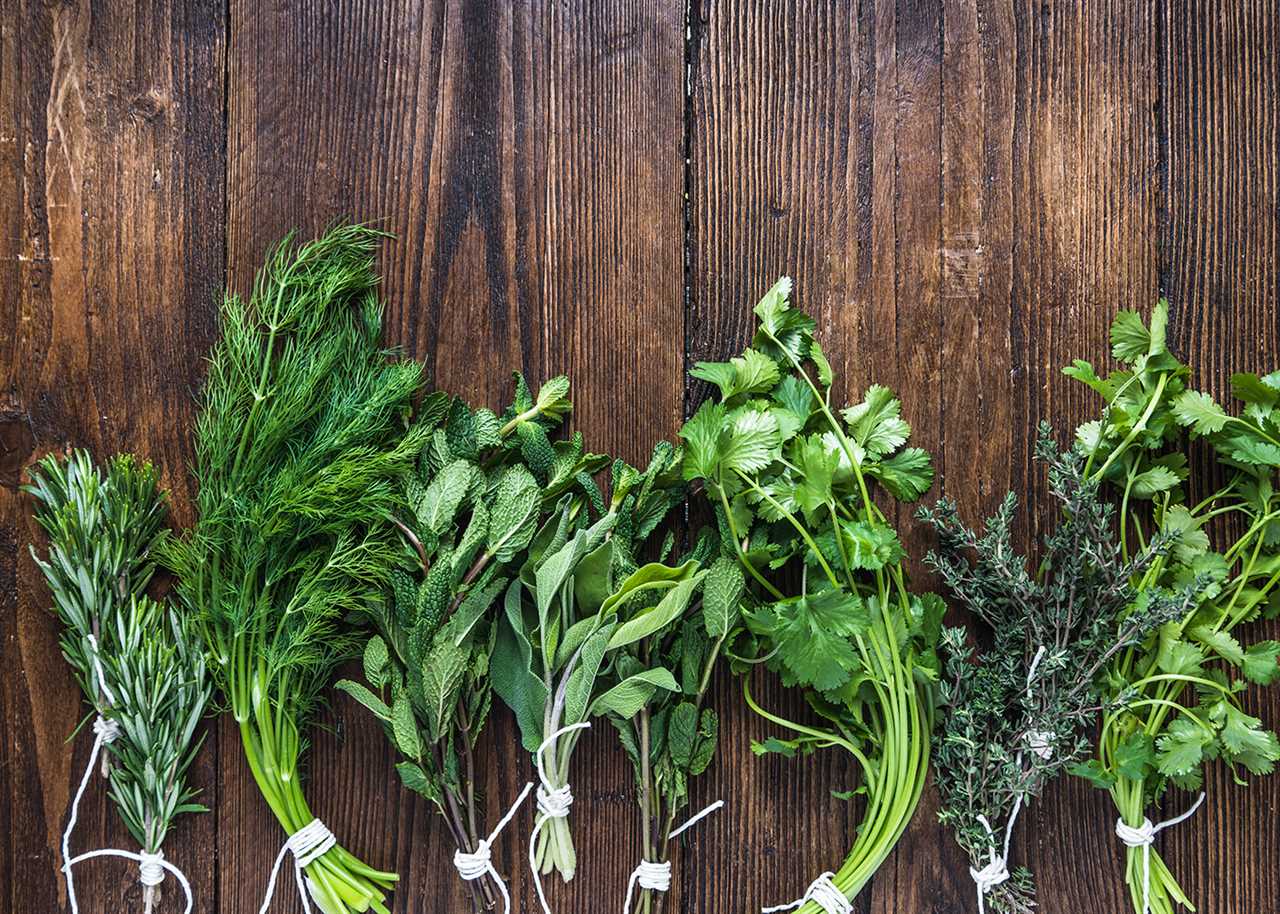 |
Mother in the Mountains: Picking Delicious Herbs for Soup, Country LifeMother in the Mountains: Picking Delicious Herbs for Soup, Country Life |
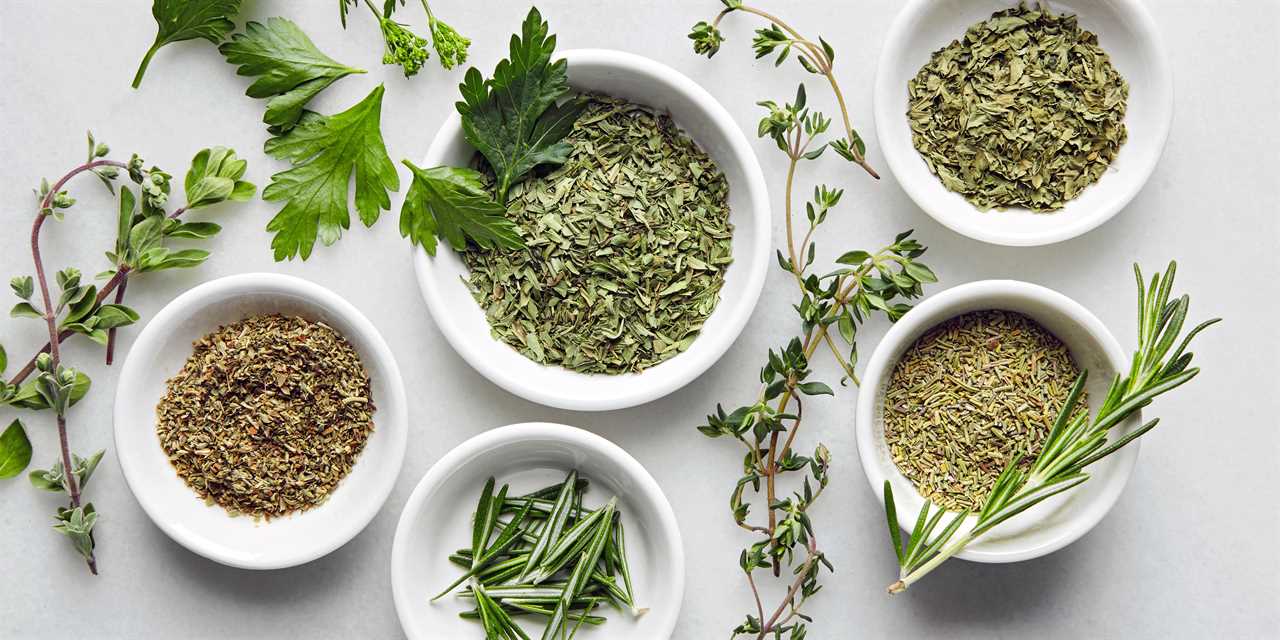 |
Gordon''s Guide To HerbsHerbs are a vital aspect of cooking, here is a quick guide to some herbs that are easily attainable. #GordonRamsay #Cooking Gordon Ramsay's Ultimate |
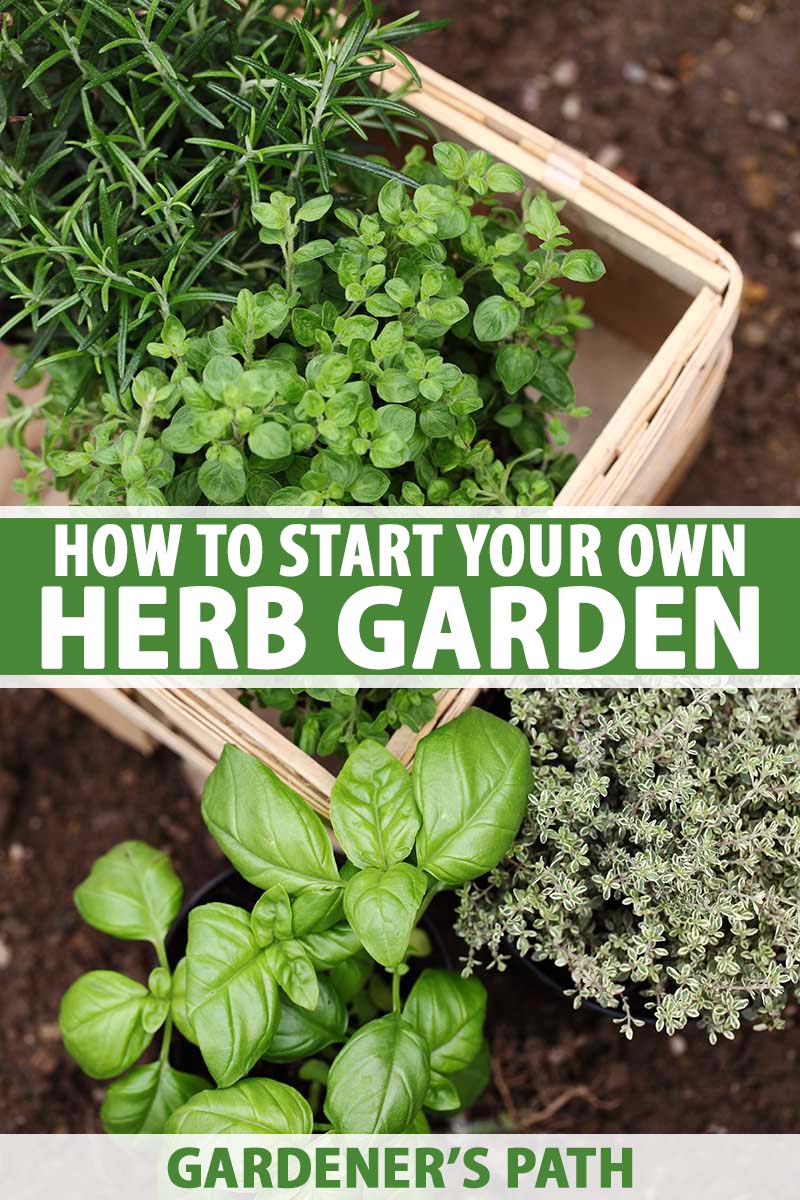 |
10 Vegetables and Herbs PERFECT for SHADE Garden SpotsLack of sunny garden spots got you down? We've got you covered! Here are 10 vegetables and herbs we've personally vetted will thrive - or at least tolerate - a |
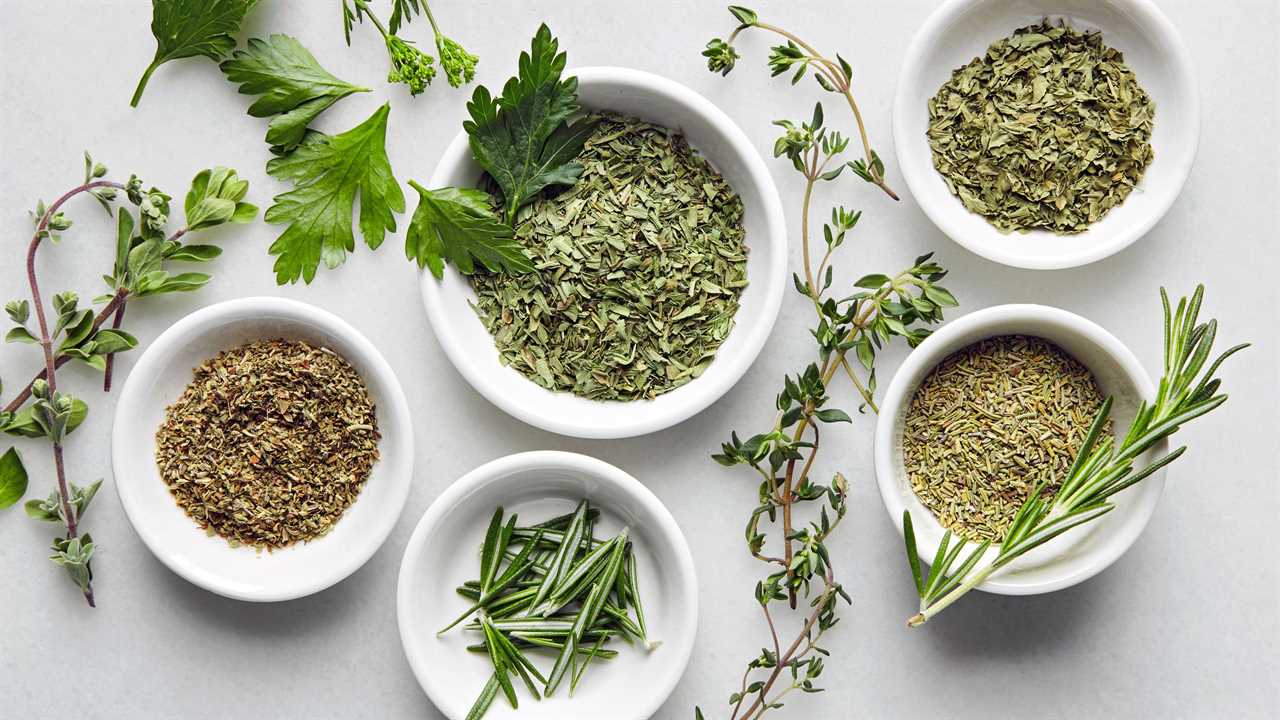 |
Planting Herbs in Containers: Oregano, Chives, Thyme, Mints, Basil, Sage, Rosemary, LavenderPlease Visit The Rusted Garden Seed & Garden Shop:: https://www.therustedgarden.com/ The basics for getting transplant herbs into your containers. It is a |
 |
Dr. Sebi''s Method for Cleansing and Revitalizing The Body - 2 Steps To HealingDr Sebi Methodology to Cleanse (Detox) and Revitalize the Body Download Dr. Sebi's Nutrition Guide: http://bit.ly/DrSebiNutritionGuide Website To Order |
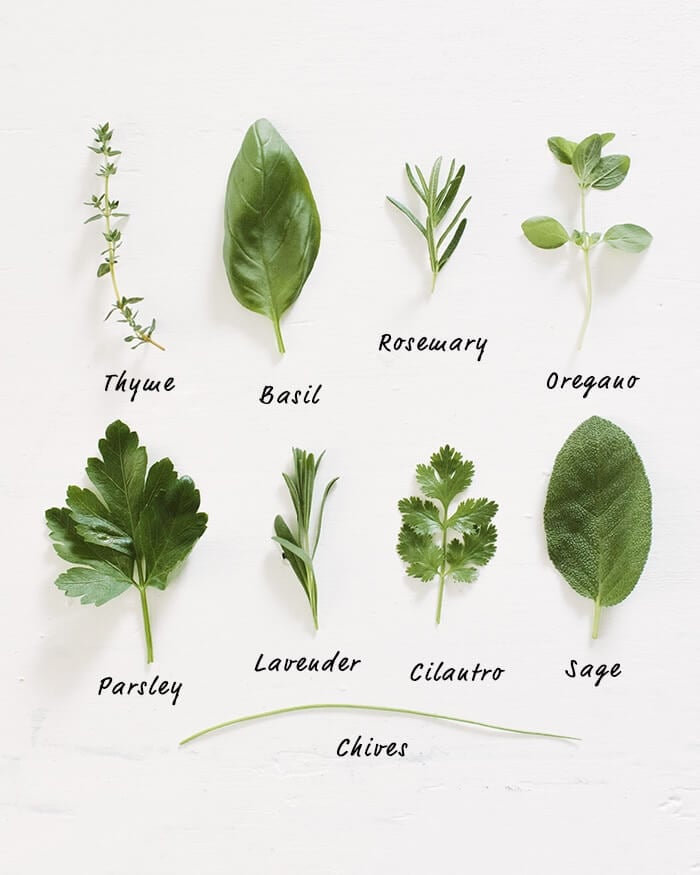 |
Salt Pepper and Herb Topped Chicken CrownSalt Pepper and Herb Topped Chicken Crown This Chicken crown comes from Aldi and is topped with salt, pepper and herbs, all adding to the flavour of the |
 |
The Magick of Mugwort | Magickal Herbal Profile | Properties of HerbsToday I want to try a new format and share a magickal profile of an herb - starting with mugwort! Mugwort is a beautiful magickal herb with rich connections to |
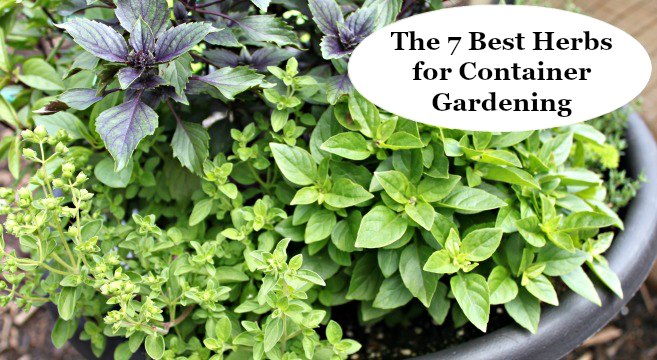 |
Harvesting and Drying Herbs for Teas and Cooking Easy Spring Dish, Cooking on NatureDear friends, today we would like to share with you Harvesting and Drying Herbs for Teas and Cooking Easy Spring Dish video, we really hope you enjoy this |
 |
Herbs: Deep Dive Into The World Of Alternative Medicine | Community ReportsThe use of herbal medicine has always been there with up to 80% of people worldwide relying on them for some part of primary healthcare. Dosage, regulations, |
 |
15 Medicinal Herbs and Their Uses for This Fall | Herb Garden TourThese 15 medicinal herbs are easy to grow at home! Join me for an herbal garden tour and learn which medicinal herbs and their uses I'm growing for use all |
 |
Tips For Dehydrating FoodsThe body reacts to dehydration by stimulating the thirst center, a powerful urge to drink fluids. However, if water intake does not match the amount.. |
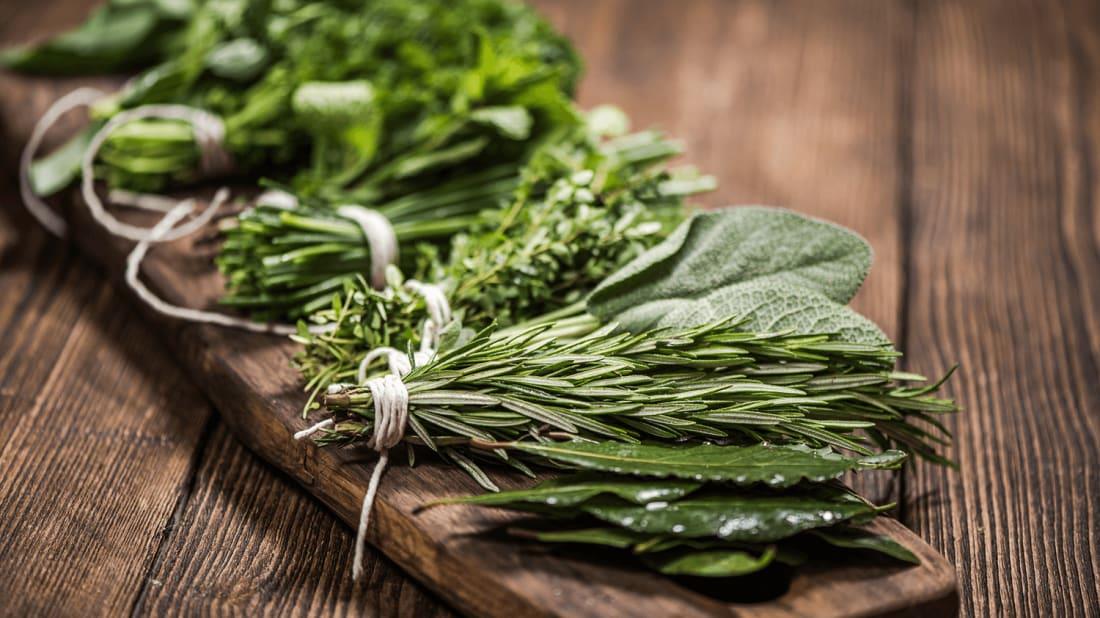 |
Join 10,000 Students Who Have Learned Herbs with Michael and Lesley Tierra - East West School of Planetary HerbologyLearn herbs from respected professional herbalists offering world-class herbalist training. The NEW Professional Herbalist Course includes courses on over 600 |
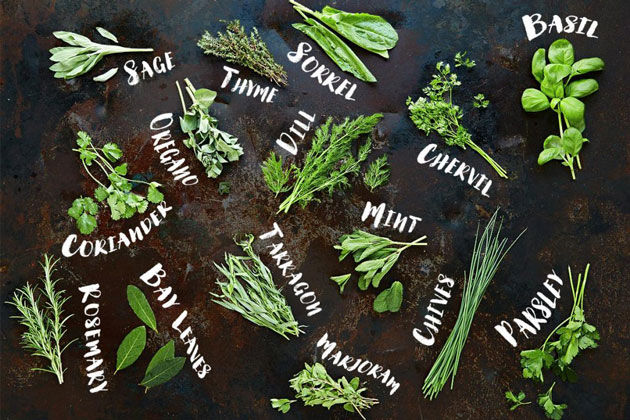 |
How to Get Your Hands on TurmericTurmeric is one of the best natural remedies available for many ailments, from arthritis to cancer. Its properties are known for its powerful.. |
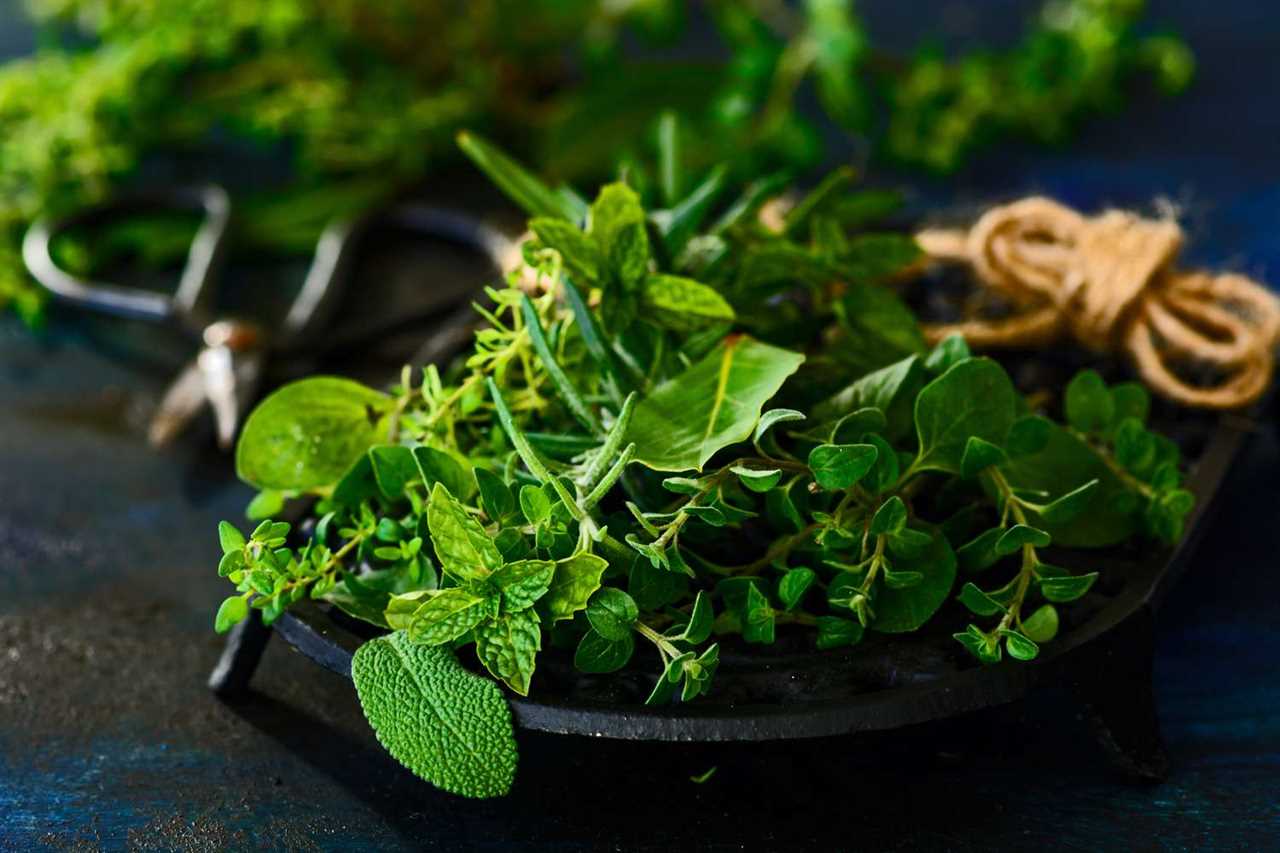 |
Slippery Elm and EssiacSlippery elm is native to eastern North America and has numerous uses, including the treatment of GERD and irritable bowel syndrome. However,.. |
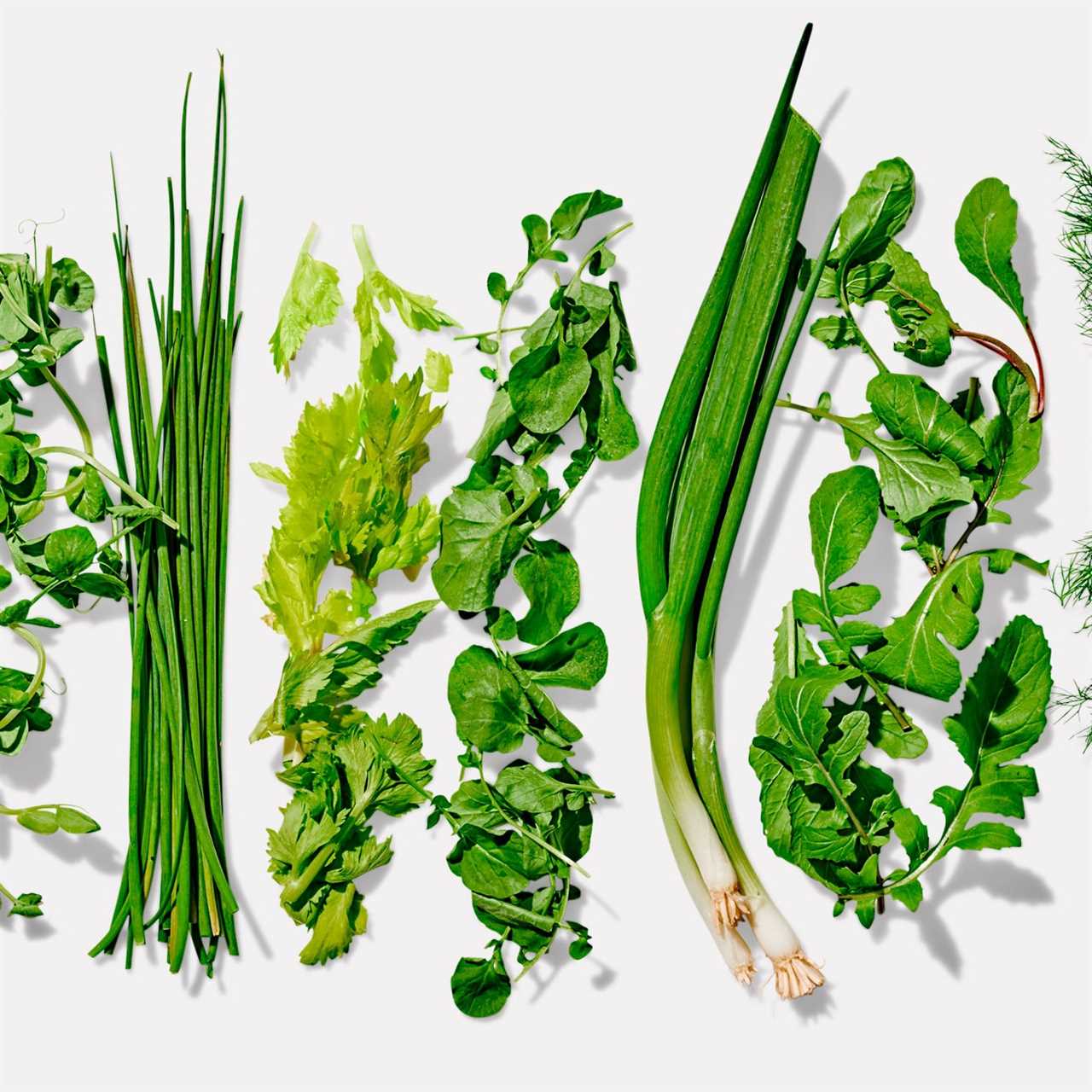 |
Health Benefits of DillDill is an annual herb in the celery family Apiaceae. It is the sole species of the genus Anethum and is widely cultivated in Eurasia. The herb is.. |
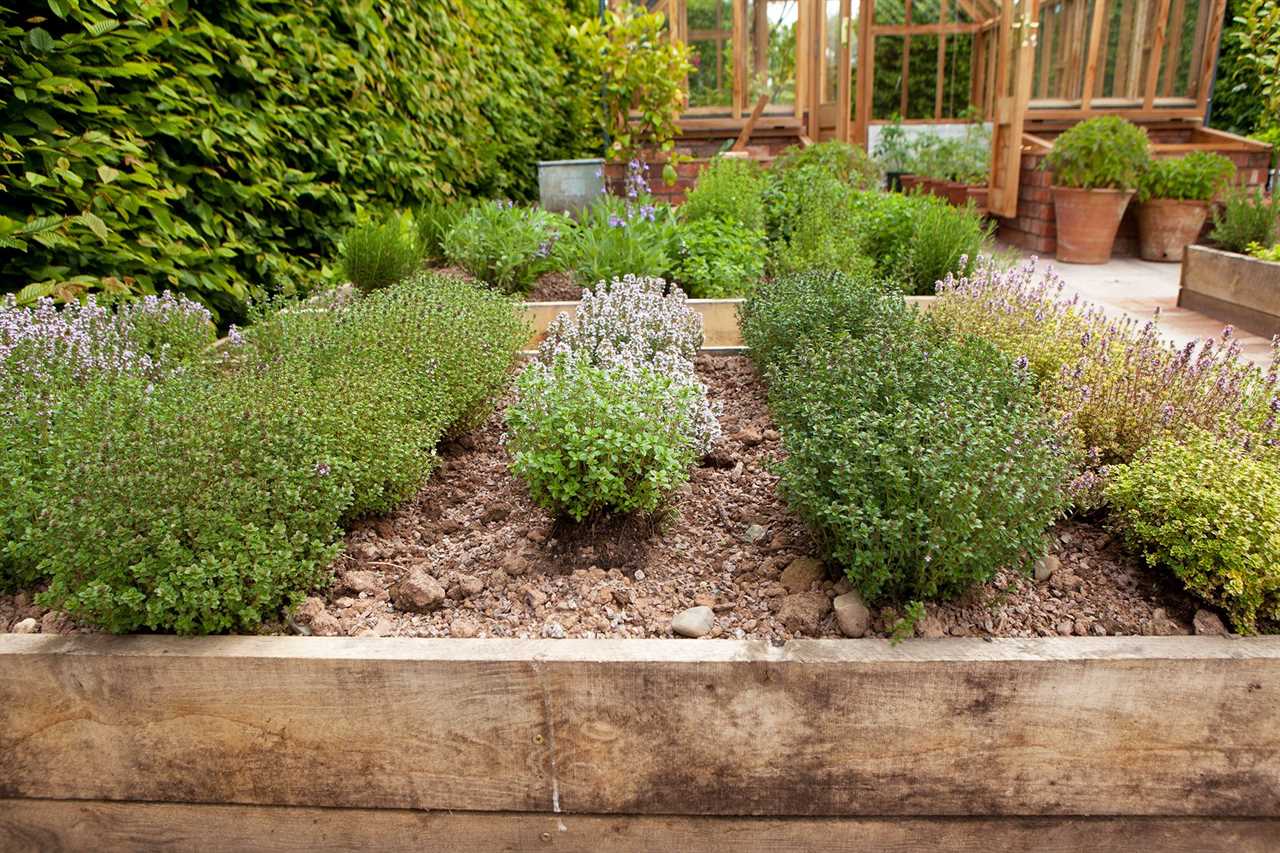 |
Licorice Root Benefits and Side EffectsLicorice is a flowering plant of the bean family, Fabaceae, and it is used as a sweetening agent. The root of Glycyrrhiza glabra is extracted for its |
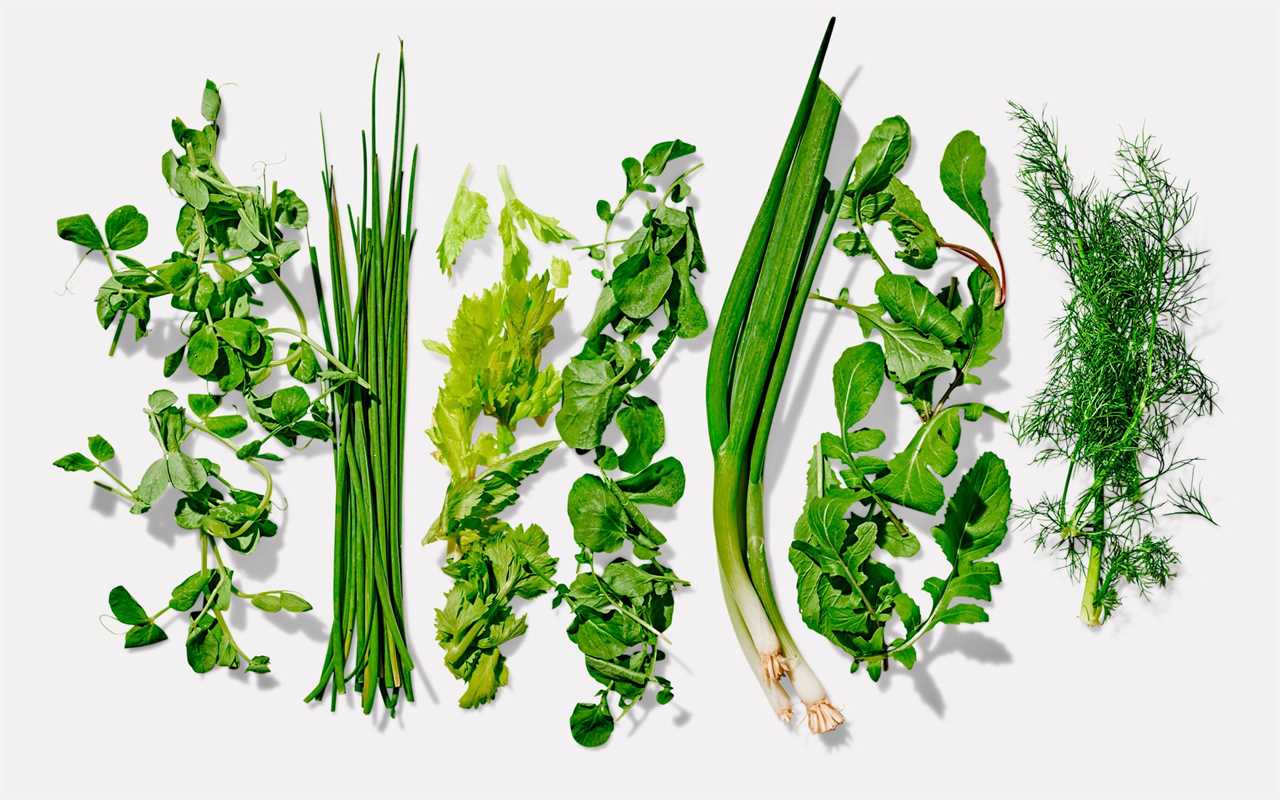 |
What Are the Benefits of Green Tea?Whether you're trying to lose weight or simply feel better, green tea is a great way to get the benefits you're looking for. It contains catechins.. |
 |
The Best Way to Chop Fresh HerbsTo properly chop fresh herbs, you should purchase them in a deep green color and smell fresh. You should then wash them well under running water and.. |
 |
Seasoned Baby PotatoesIf you're looking for a recipe for seasoned baby potatoes, you've come to the right place. Learn how to make seasoned potatoes with herbs and spices, |
 |
Health Benefits of Italian ParsleyBefore using Italian parsley, rinse it thoroughly under cool water. This will help remove any dirt or dust that may be attached to the leaves. Wrap.. |
 |
The Benefits of Herbal TeaHerbal teas are made from the infusion of plants and other plant materials. They are also known as herbal infusions or tisanes. Although there are.. |
 |
Herbs in Pots - How to Grow Delicious Herbs in PotsThere are many things to know when growing herbs in pots. The growing conditions, Containers, Soil amendments and watering are just a few of the.. |
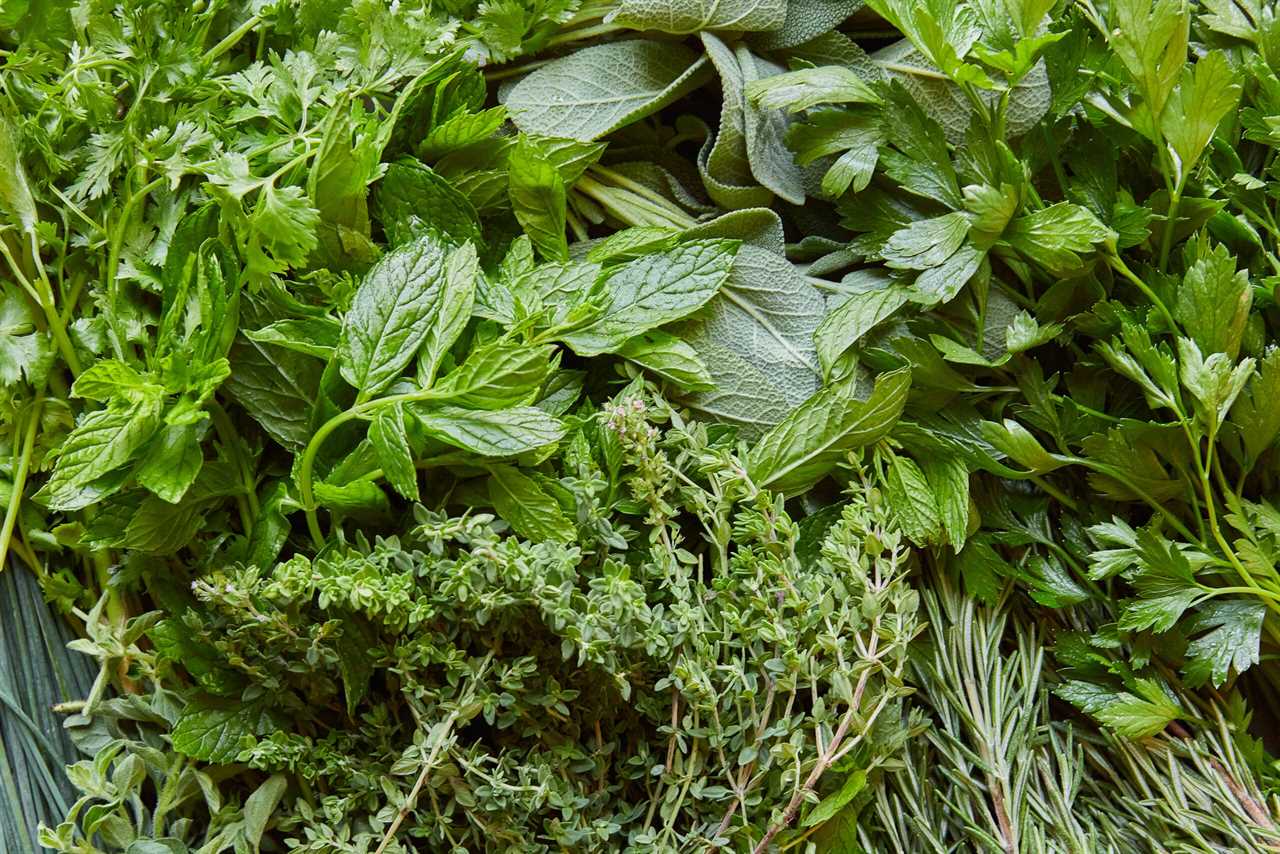 |
Choosing Annuals For Your Herb GardenIf you have ever wanted to have an herb garden, it is important to know that there are several important factors to keep in mind. Herbs require good.. |
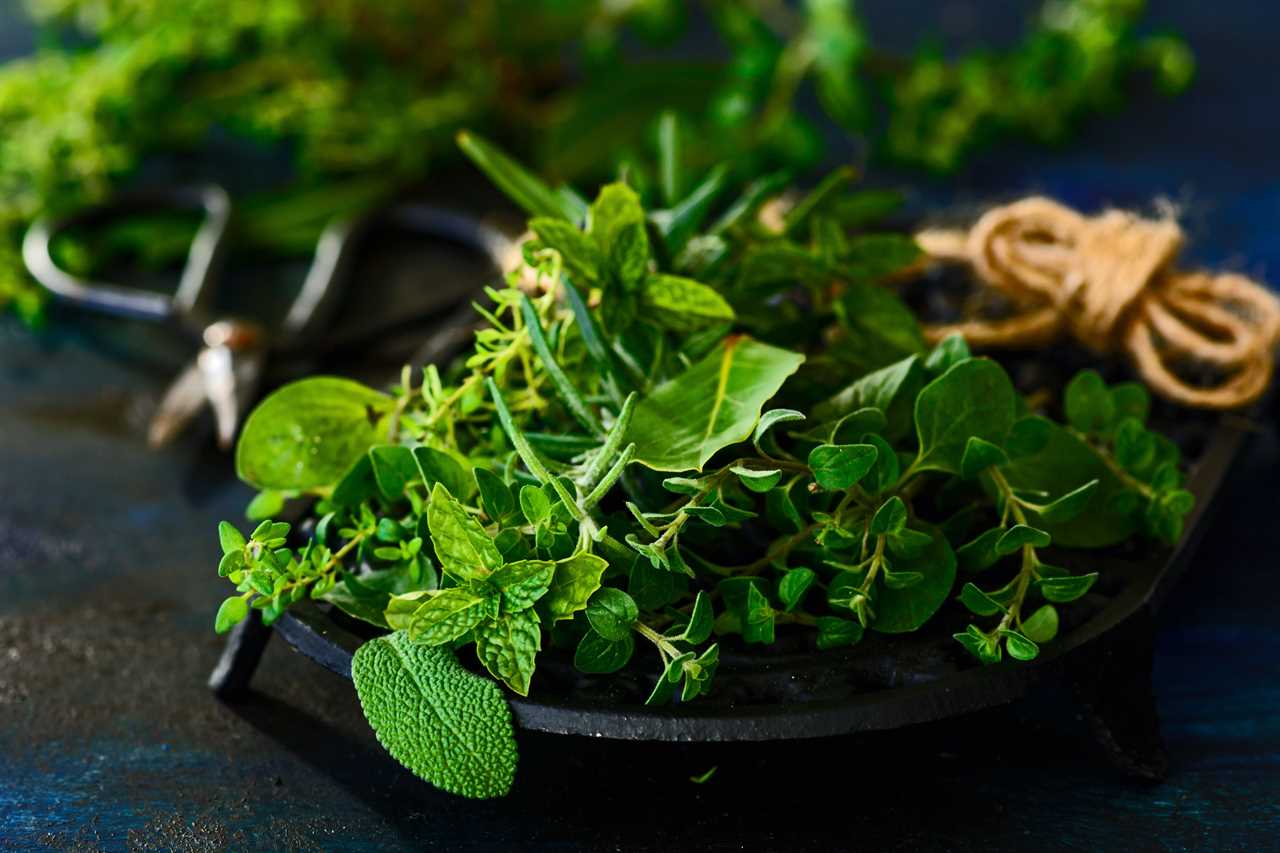 |
Home of HerbsFind out more about herbs and how to use them |
 |
The Advantages of Substituting Dried Herbs For FreshThere are many advantages to substituting dried herbs for fresh. They are cheaper, more potent, and less dusty. These are the reasons that I prefer.. |
 |
Substitute For Dried ParsleyIf you want to make a recipe without parsley, try using cilantro, dill, oregano, or sage instead. They are all delicious substitutes for dried.. |
 |
Herbs That Grow in WaterThere are several types of herbs that grow in water. These include Cilantro, Thyme, Oregano, and Lavender. Here are some tips to help you grow these.. |
 |
Perennial Herbs For Zone 4If you're in Zone 4 and are looking for perennial herbs, lemongrass and thyme are great choices. These plants thrive in cooler climates and can be.. |
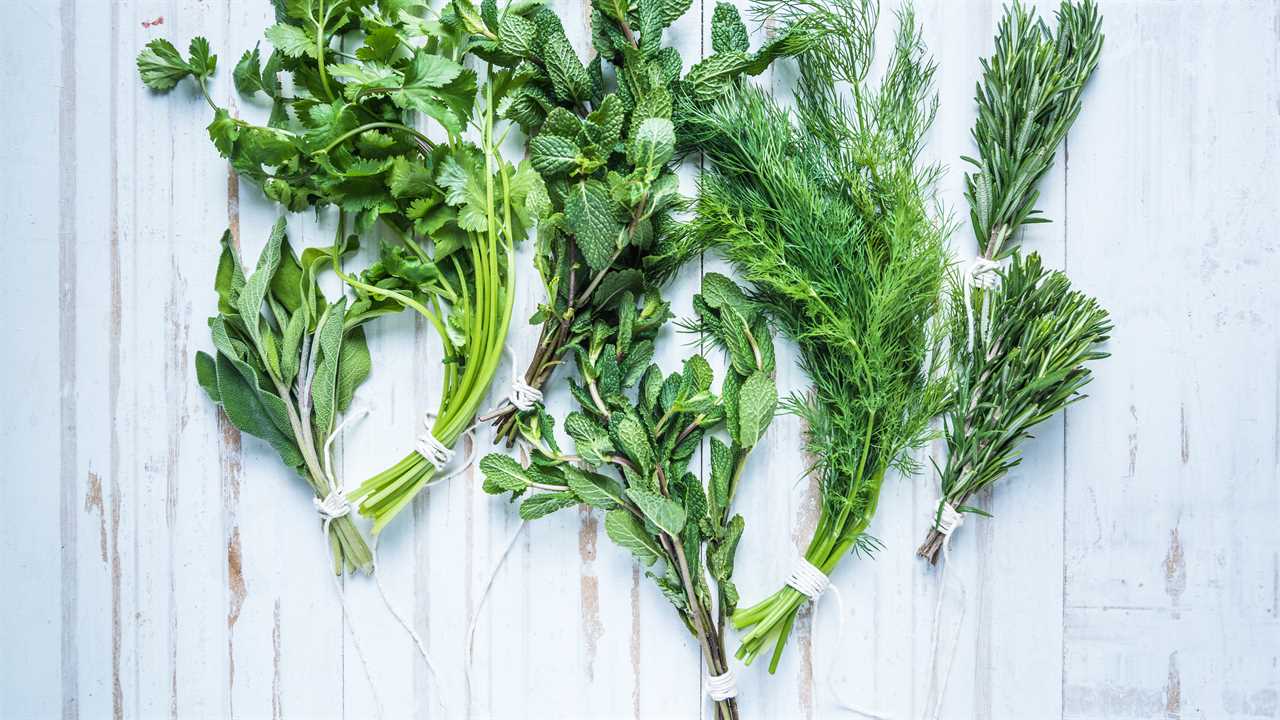 |
Tips For Growing MenthaA mint plant is a great choice for a water garden or small water feature. They have light lavender flowers, dark green leaves with purplish veining,.. |
 |
Medicine From PlantsThe use of medicine from plants has long been an essential part of traditional Chinese medicine. This ancient practice involved a wide range of plant |
 |
Ayurvedic Medicine Side EffectsAyurveda is an alternative medicine with historical roots in the Indian subcontinent. While its theory is considered pseudoscientific, it is still.. |
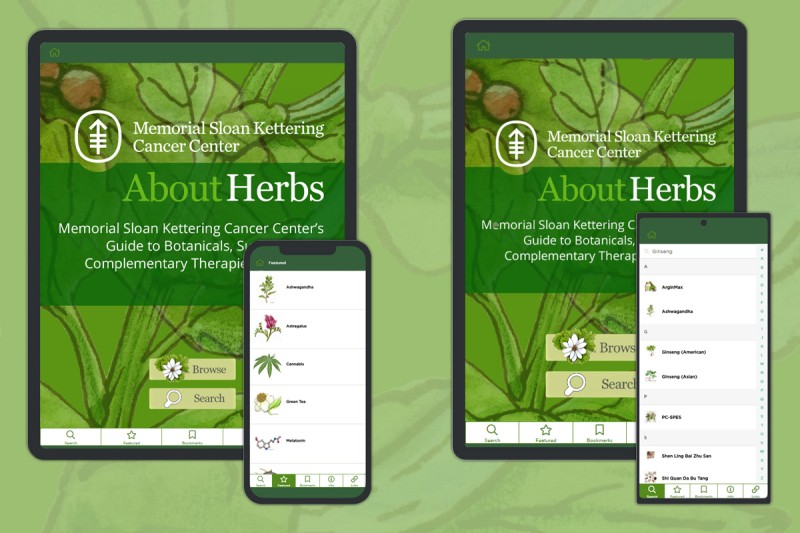 |
Growing Herbs IndoorsGrowing herbs indoors has a number of benefits, including increased yield and reduced watering. It can also be beneficial for people who are.. |
 |
6 Herbs High in MagnesiumMagnesium is an important mineral that plays an essential role in heart, brain, and musculoskeletal health. Since magnesium is required ... Read more |
 |
Citrus Bergamot vs. Red Yeast Rice: Similarities & Differences ExplainedCitrus bergamot and red yeast rice are two herbs compared to each other due largely to their potential to reduce ... Read more |
 |
Citrus Bergamot vs. Bitter Orange: Similarities & DifferencesCitrus bergamot and bitter orange are both popular herbs with health benefits for metabolism and weight loss. However, they both ... Read more |
 |
The Cup of LifeLike life, tea is what you make of it and The Cup of Life helps individuals enjoy tea in more than one way. Join me on my tea adventures through my blog! |
 |
6 Herbs High in ZincZinc is an important trace element that contributes to immune function, tissue repair, and gene synthesis. Since zinc is involved ... Read more |
 |
5 Herbs High in PotassiumPotassium is a mineral that plays a crucial role in maintaining overall health and wellness, especially for muscle and nerve ... Read more |
 |
Feb 14, How to Use Ground Ivy with Val AlcornIt’s always exciting to hear about a little-known herb with powerful medicinal action. Join this conversation about ground ivy with Val Alcorn! |
 |
Feb 21, Benefits of Calamus Root with jim mcdonaldJoin me and my friend and herbalist jim mcdonald as we discuss the benefits of calamus root, including clearing away mental cobwebs and enhancing your focus. |
 |
Mar 1, Cottonwood BenefitsJoin me in this episode all about cottonwood and find out why it has been used as medicine and to make a variety of tools for thousansa of years! |
 |
Mar 7, The medicine of calamus root (rhizome) and leaves with Karyn SandersIt was an honor and a deep pleasure to have this informative conversation about calamus root benefits with Karyn Sanders. Join us in this new episode! |
 |
Mar 14, Dandelion with Nancy PhillipsLet's sit down and discuss dandelion with herbalist and author, Nancy Phillips |
 |
Delicious Elderberry Syrup Gummies for Cold Flu & SleepElderberry syrup is immune enhancing and protective against colds and flu. It’s one of my favorite natural remedies for avoiding or beating the flu. These flu |
 |
Helpful Plant Remedies For Anxiety And StressFeeling anxiety and stress lately? Are you feeling frustrated and wish you could just find a way to relax? Do you find that your heart is usually beating |
 |
Tomato Tea, A Natural Cold and Flu RemedyThis tea really works! You can literally feel your sinuses opening up. It’s an immune booster so even if you’re not sick drink this when others around you are |
 |
What Are Digestive Bitters And Should You Take Bitters?Bitters are a drink you sip before a meal to aid in healthy digestion. Traditional diets contained bitter foods because of their digestive action. The bitter |
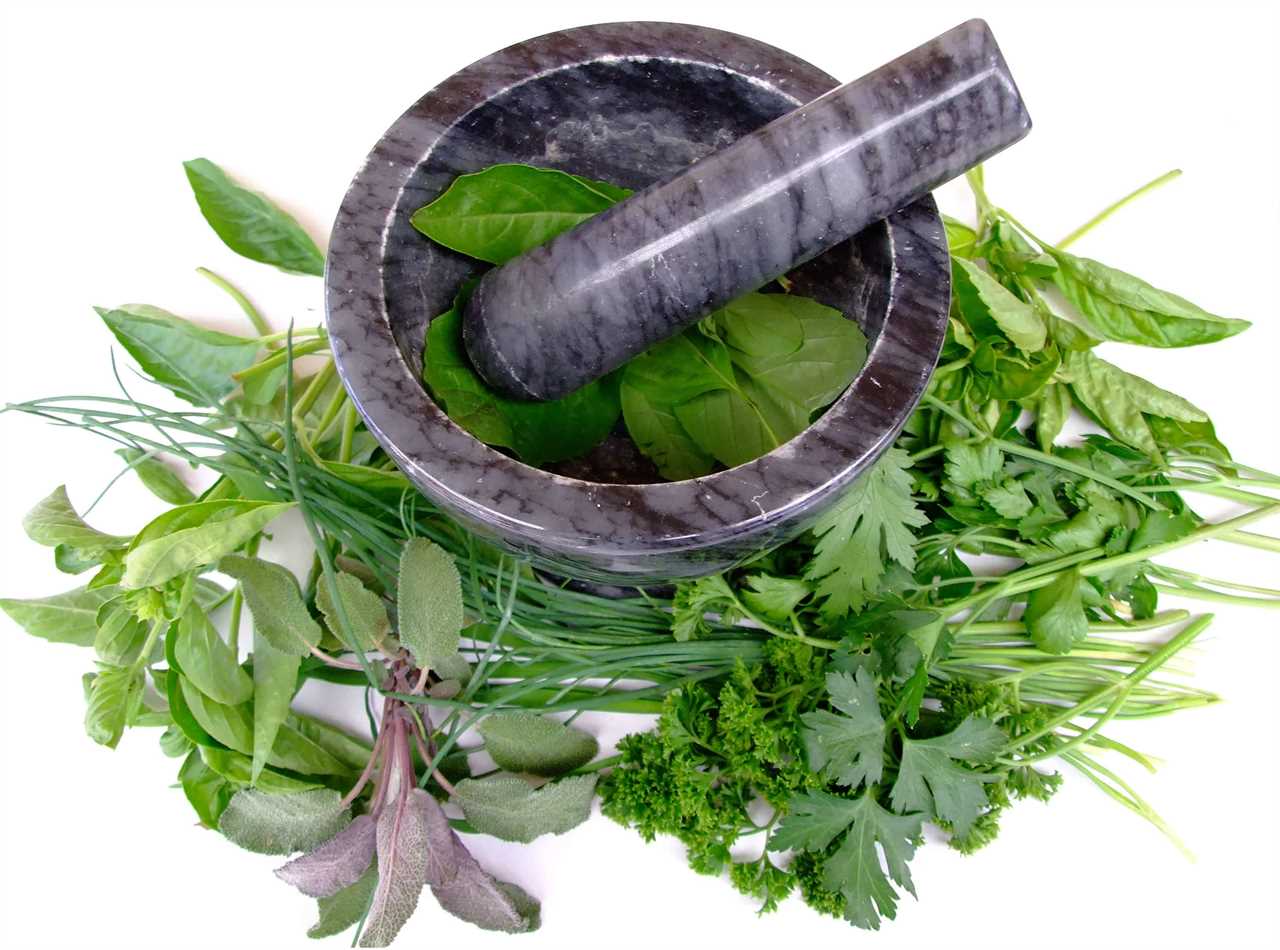 |
Tony Gebely · Tea Epicure · Taste DifferentlyA tea assessment platform that rates teas based on objective quality markers and a sensory evaluation resulting in a list of the best teas produced each year. |
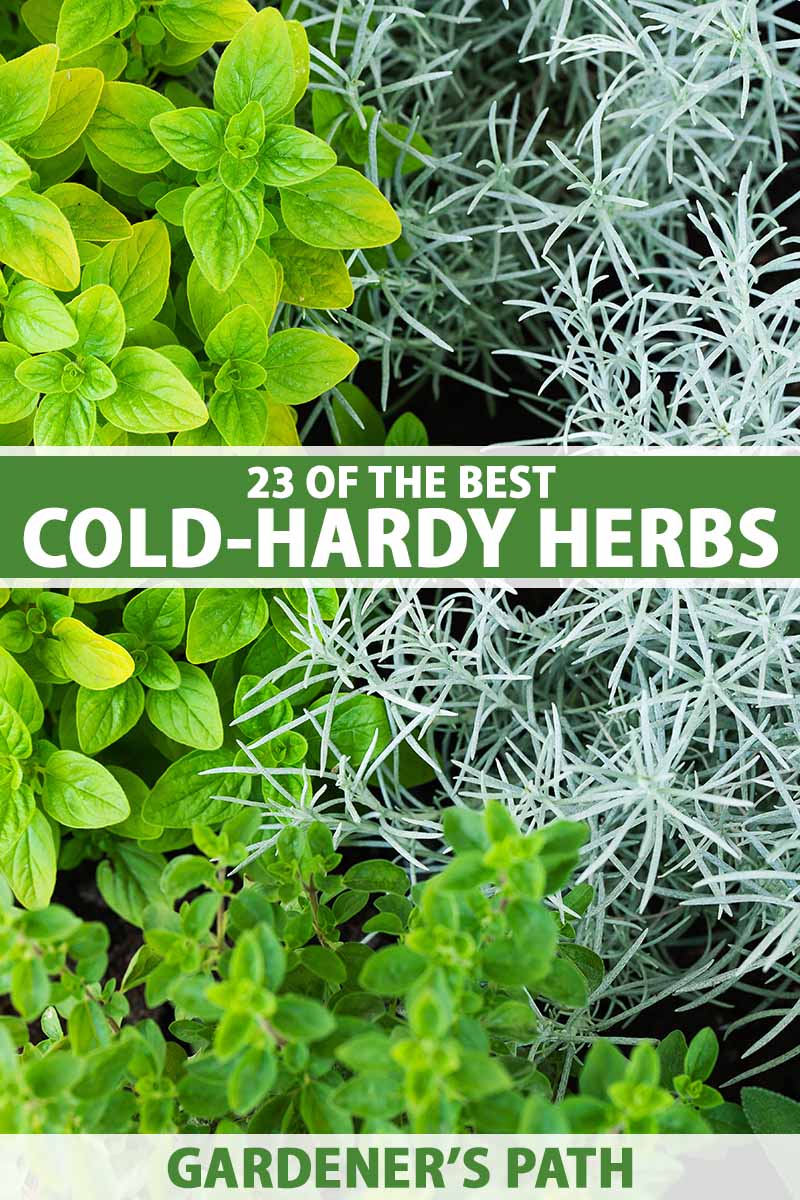 |
Motherwort Has Amazing Benefits For Your BodyMotherwort (Leonurus cardiaca) is found growing in the wild in vacant lots and gardens. It’s easy to spot as motherwort grows to a height of 5 feet and has |
Did you miss our previous article...
https://belovedsaffron.com/herbs/the-role-of-astrology-in-holistic-herbalism
.png)
